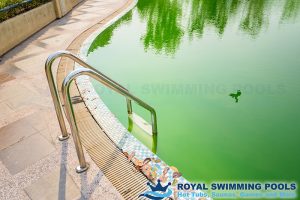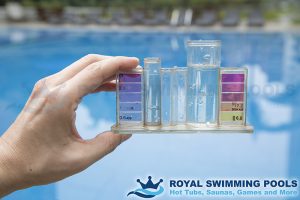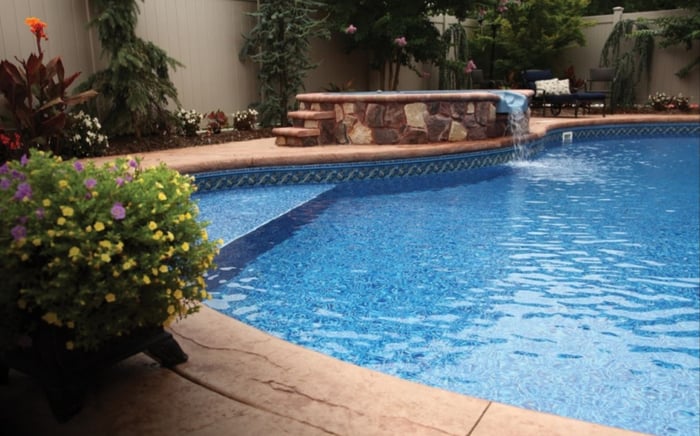Investing in a pool is just that—an investment. So why risk making some of the classic mistakes so many others do when it comes to caring for your pool equipment? Read on to learn what the common mistakes in fact are, and how to ensure you don’t end up costing yourself high priced mistakes down the line.
 You Have an Algae Problem—and Don’t Know What To Do About It
You Have an Algae Problem—and Don’t Know What To Do About It
If you have an algae problem, many inexperienced pool owners try to ‘troubleshoot’ by using their automatic cleaner to blow it out. Unfortunately, this can make the problem worse, as it tends to blow the algae all over your pool, instead of removing it. To effectively remove algae, vacuum it up manually—just being careful that you’ve removed the drain plug so it can be sucked up straight into your vacuum.
You’re Damaging Your Pool Filter and Pump
Did you know that keeping your pH levels too low will cause your pool to become too acidic? Don’t skimp on your pool’s chemicals, because although your highly acidic pool looks ‘clean and healthy’, it doesn’t necessarily mean it is. In fact, a highly acidic pool can damage any and all of the following:
- Your pool filter and pump
- Your pool’s heater
- Your pool’s vinyl liner
- Your pool’s solar blanket
- Your pool’s maintenance equipment.
In fact, if your pool’s pH gets low enough, it can ruin anything that touches your water. Test your pool water often to ensure it is high enough. The alkalinity level should be between 80 ppm and 120 ppm. Just be careful adding too much at once. When your alkalinity level is too high (you’ll know, because your pool will have a cloudy look to it), it can be challenging to get it right. Add a bit of acid at a time, with three days of rest in between so you don’t overbalance the chemicals.
 You Fail to Keep Your Pool Water ‘Hard’
You Fail to Keep Your Pool Water ‘Hard’
If you aren’t keeping your pool water ‘hard’, you aren’t protecting the fiberglass, plaster and filter system effectively. Many first-time pool owners don’t understand the importance of calcium hardness—and that it’s just as crucial as monitoring its pH levels. When you use calcium hardness correctly, you’re essentially prolonging the life and overall health of your pool’s interior. Make sure that the calcium hardness maintains a level of 200-225 ppm (and give it extra care during the hot summer months when you’ll lose water because of splashing guests!), so you can enjoy it for years to come!
While being a pool owner is never a dull moment, avoiding these common pool equipment traps can ensure that you move through the challenges quickly, and can spend more time enjoying all the benefits of pool ownership!




